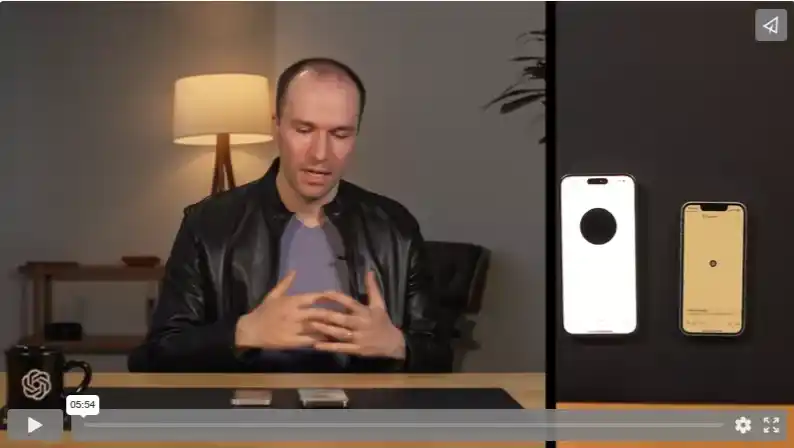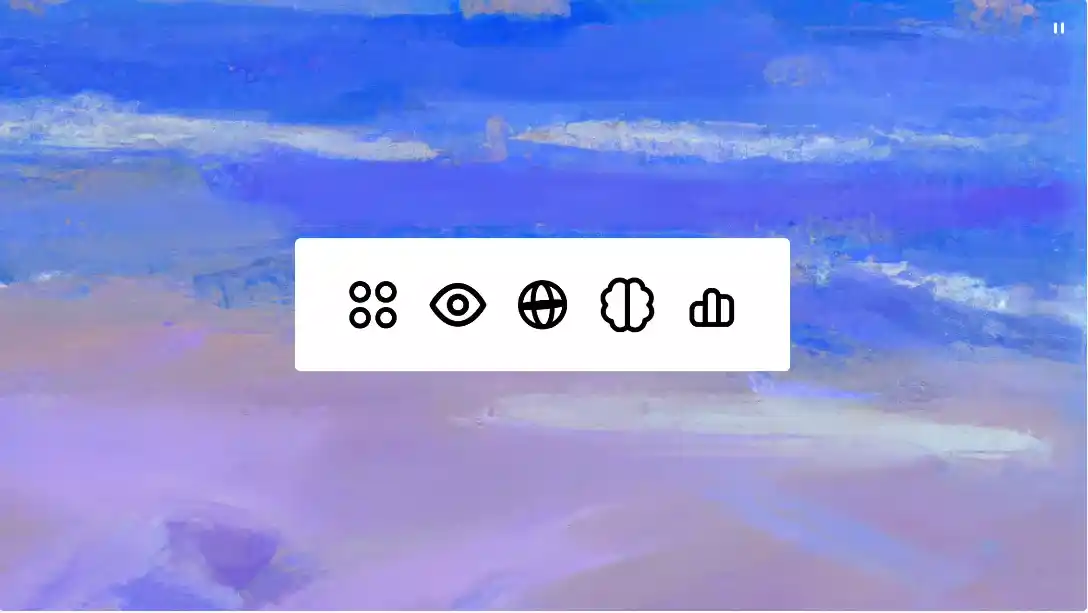Table of Contents
OpenAI has shattered the paywall of powerful AI. On May 13th, they unveiled GPT-4o Free AI, the latest iteration of their game-changing artificial intelligence model. This isn’t just an incremental upgrade; GPT-4o boasts a revolutionary “omni” quality, seamlessly integrating voice, text, and vision into its reasoning.
Gone are the days of AI exclusivity. “This is something we have been striving for a long time,” declared Mira Murati, OpenAI’s CEO and CTO, at the OpenAI Spring Update. “GPT-4o’s incredible efficiency allows us to extend its intelligence to our free users.”
Democratizing Power: Speed, Cost, and Global Accessibility
This democratization of AI extends beyond accessibility. Murati emphasizes that the GPT-4o Free AI operates at double the speed and half the cost of its predecessor, the GPT-4 Turbo. This translates to lightning-fast processing for everyone, regardless of subscription tier.
OpenAI co-founder Sam Altman echoed this sentiment on X (formerly Twitter). “The model is available to all ChatGPT users, including those on the free plan!” he exclaimed. “We believe in putting powerful AI tools in everyone’s hands, and this is a significant step towards achieving that mission.”

The rollout of GPT will be phased, eventually supporting over 50 languages. This ensures global access to this groundbreaking technology. OpenAI even showcased the model’s real-time conversational speech capabilities. A blog post revealed that GPT-4o Free AI can respond to audio prompts in a mere 232 milliseconds on average, remarkably close to human response times in conversation.
But GPT-4o Free AI isn’t just about speed. It achieves GPT-4 Turbo-level performance in text, reasoning, and coding, while simultaneously setting new benchmarks in multilingual capabilities, audio processing, and visual understanding.
OpenAI further emphasized user experience with the release of a desktop version of ChatGPT and a refreshed UI. A new macOS desktop app is available for both free and paid users, with a Windows version promised later in the year. “We understand the growing complexity of these models,” explained Murati. “However, we want the interaction to feel more natural and effortless. Our goal is for users to focus on collaboration with the GPT, not the interface itself.”
OpenAI’s announcement comes on the eve of Google I/O 2024, a pivotal event where the search giant is expected to unveil its latest AI advancements. The timing is no coincidence, and it sets the stage for a thrilling battle for AI supremacy.
The Future of AI Collaboration: A Glimpse Through the GPT-4o Free AI
GPT-4o’s unveiling isn’t just a technological marvel; it’s a harbinger of a future where humans and AI collaborate seamlessly. Here’s how GPT-4o Free AI paves the way:

- Democratized Innovation: Free access to GPT-4o empowers a wider range of users, from students and artists to entrepreneurs and established businesses. This fosters a more diverse and inclusive innovation landscape, where groundbreaking ideas can emerge from unexpected corners.
- Breaking Down Language Barriers: With support for over 50 languages, GPT-4o transcends geographical and cultural limitations. Imagine a world where real-time translation removes communication hurdles, fostering global collaboration and understanding.
- The Rise of the Multimodal Renaissance: GPT-4o’s ability to process text, voice, and vision unlocks a new era of human-computer interaction. Imagine crafting an AI presentation by simply outlining your ideas verbally, or using voice commands to manipulate visual data in real-time.
- The Power of Real-Time Insights: GPT-4o’s lightning-fast response times to audio prompts open doors for dynamic brainstorming sessions and real-time feedback loops. Imagine a world where ideas are instantly analyzed and refined, accelerating the creative process.
However, with such immense power comes the responsibility for responsible development and deployment. OpenAI acknowledges this, highlighting its commitment to safety measures embedded within GPT-4o. We can expect ongoing discussions around bias mitigation, ethical considerations, and potential societal impacts as AI continues to evolve.
The arrival of GPT-4o marks a pivotal moment in the history of AI. As we move forward, it’s crucial to leverage this technology for good, fostering a future where humans and AI work together to solve the world’s most pressing challenges and unlock boundless creative potential.